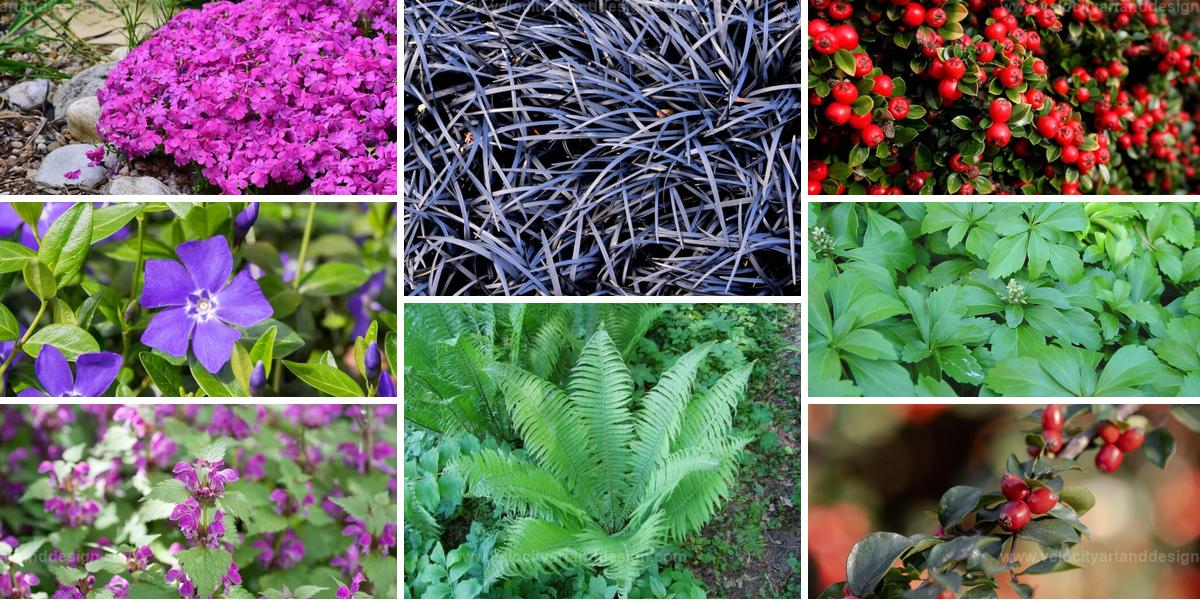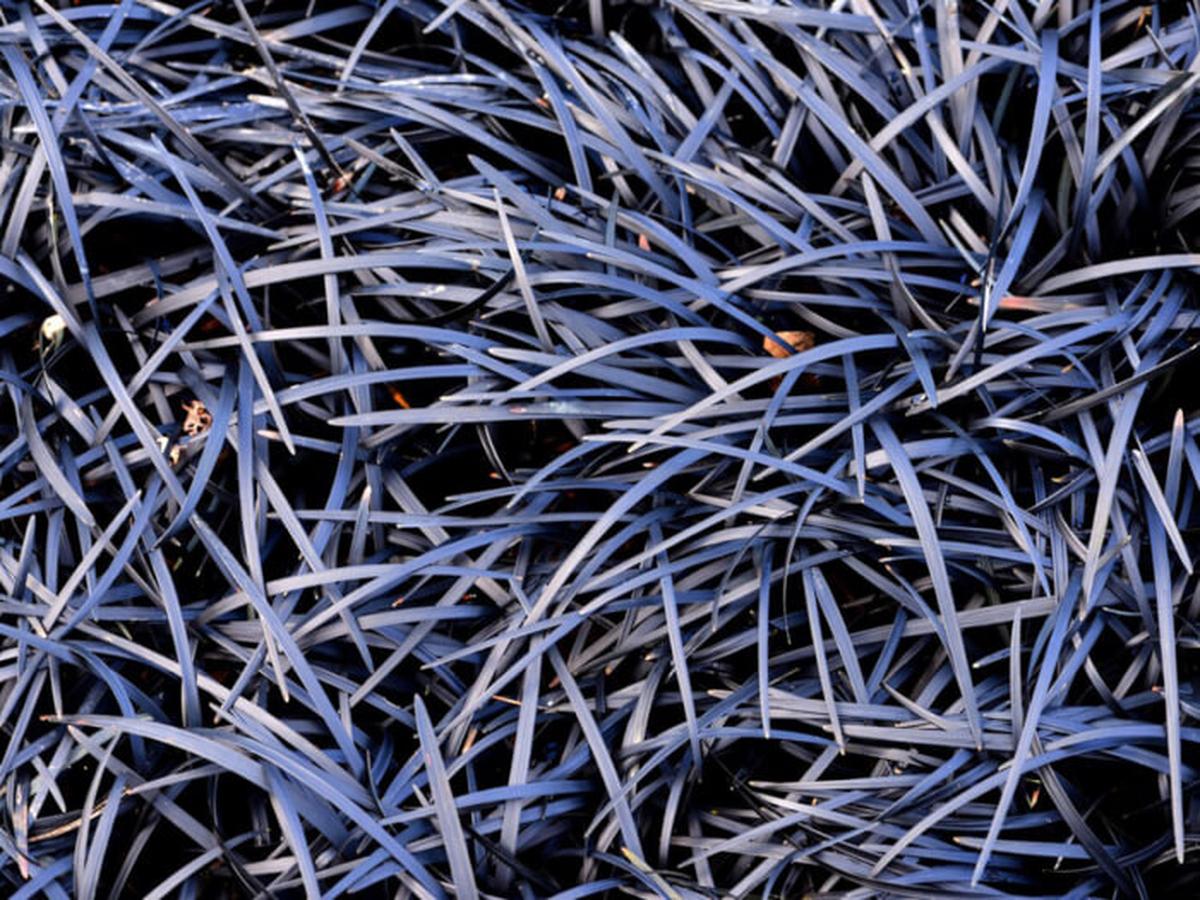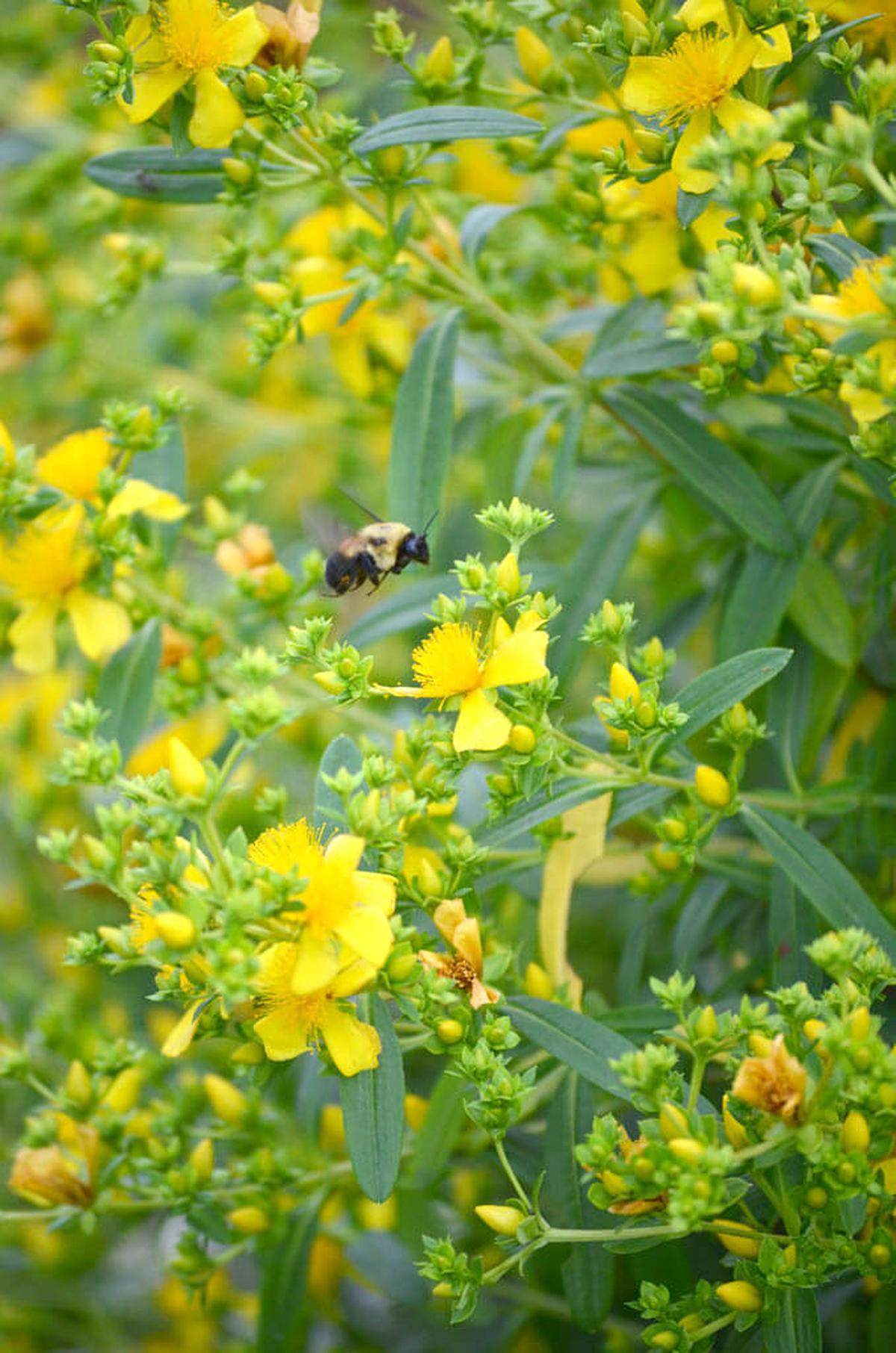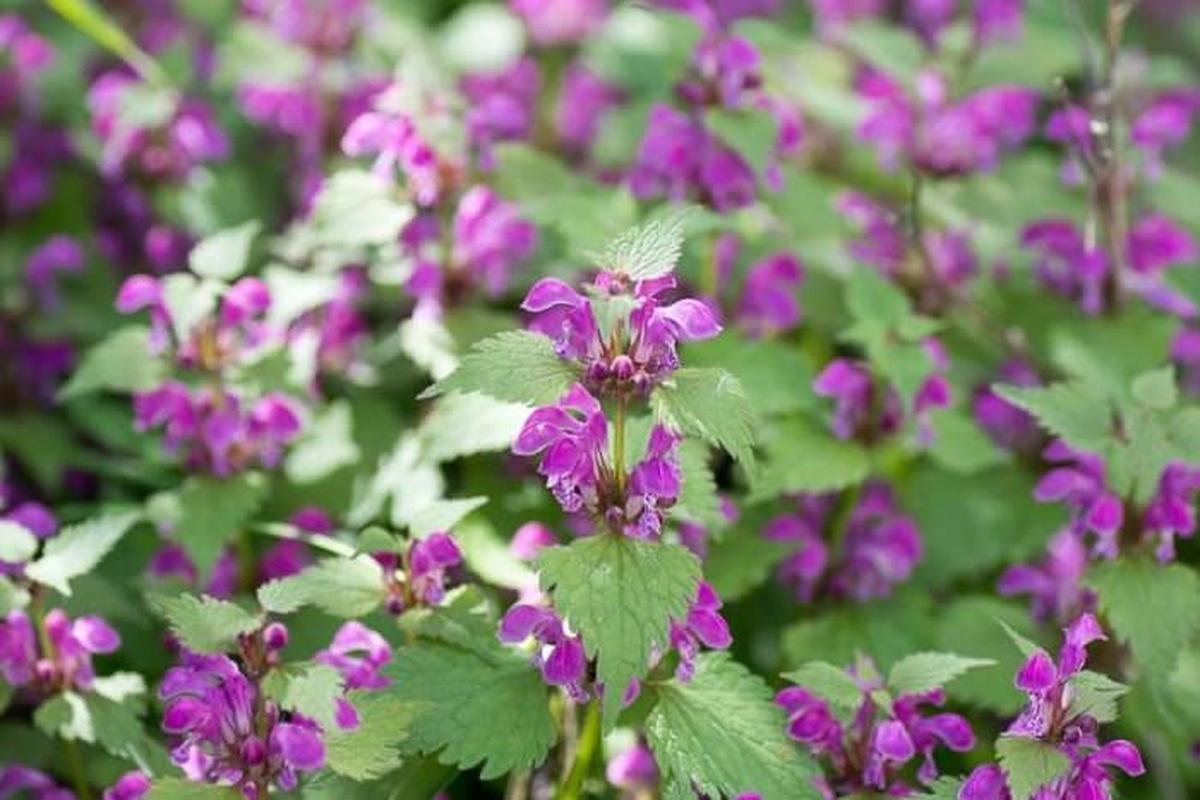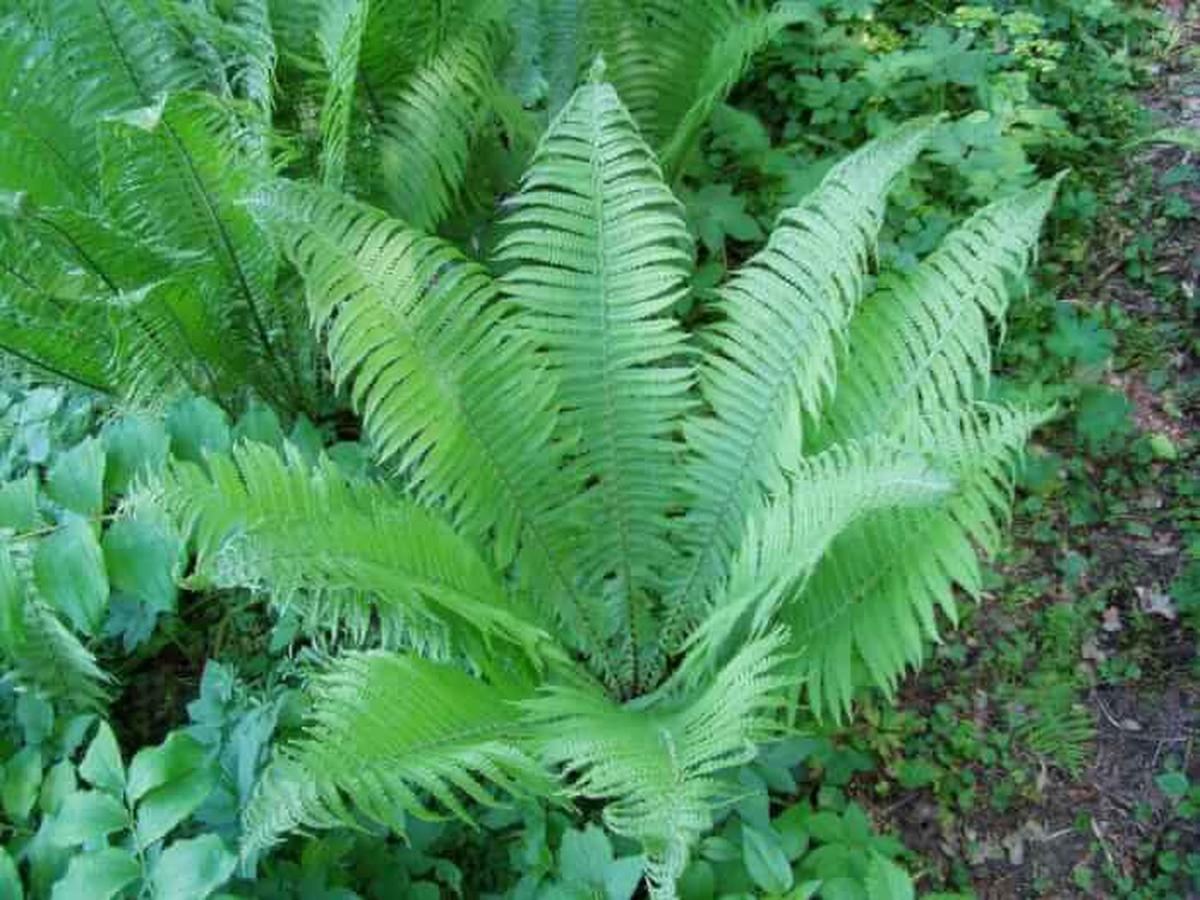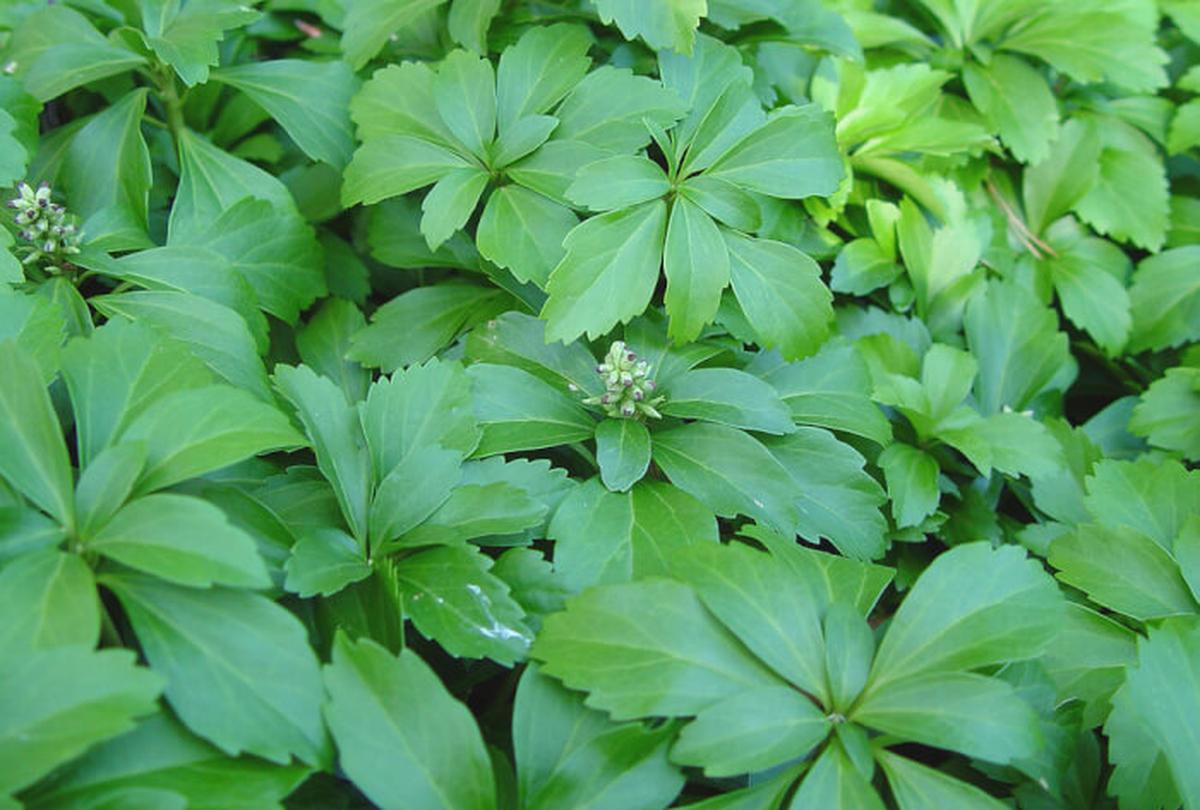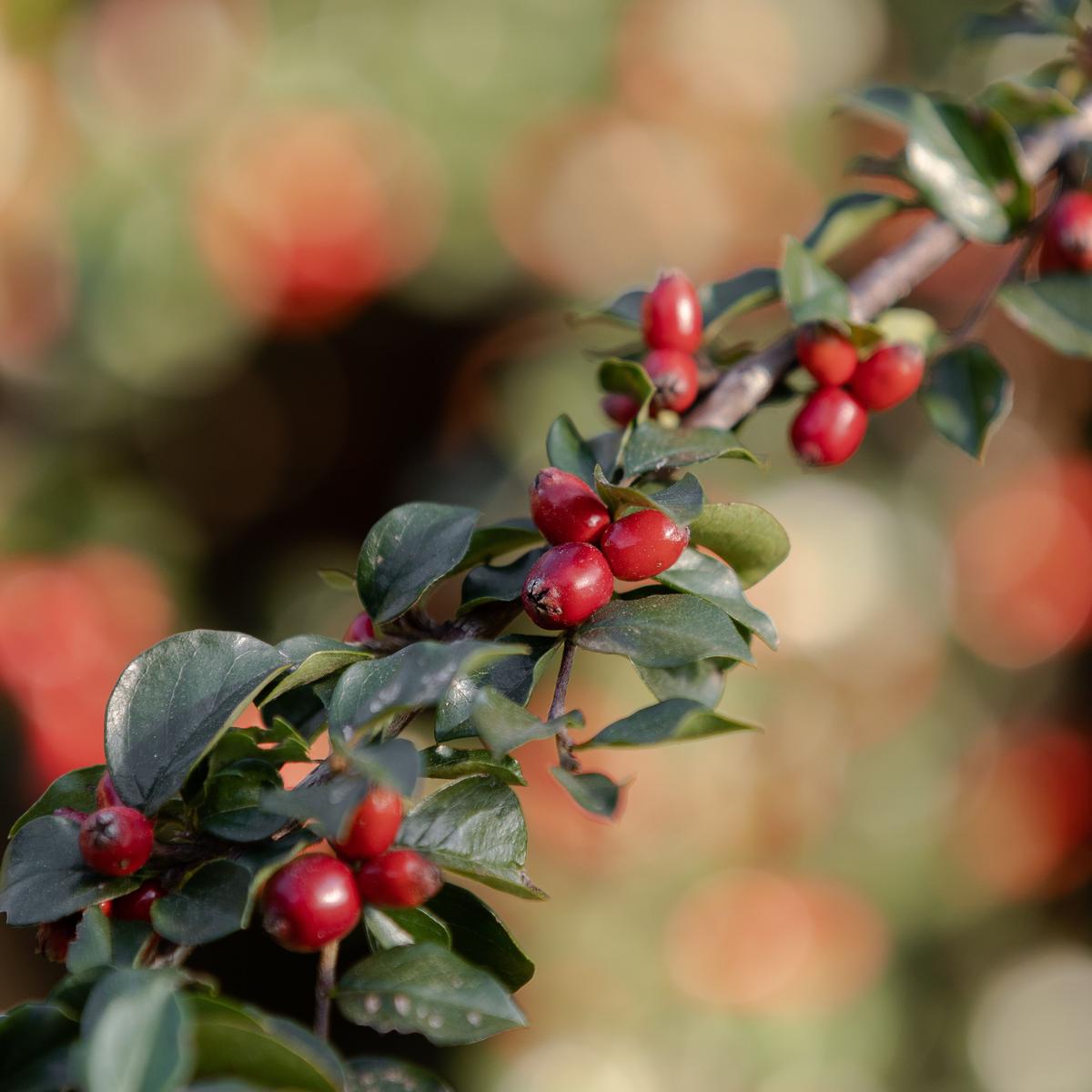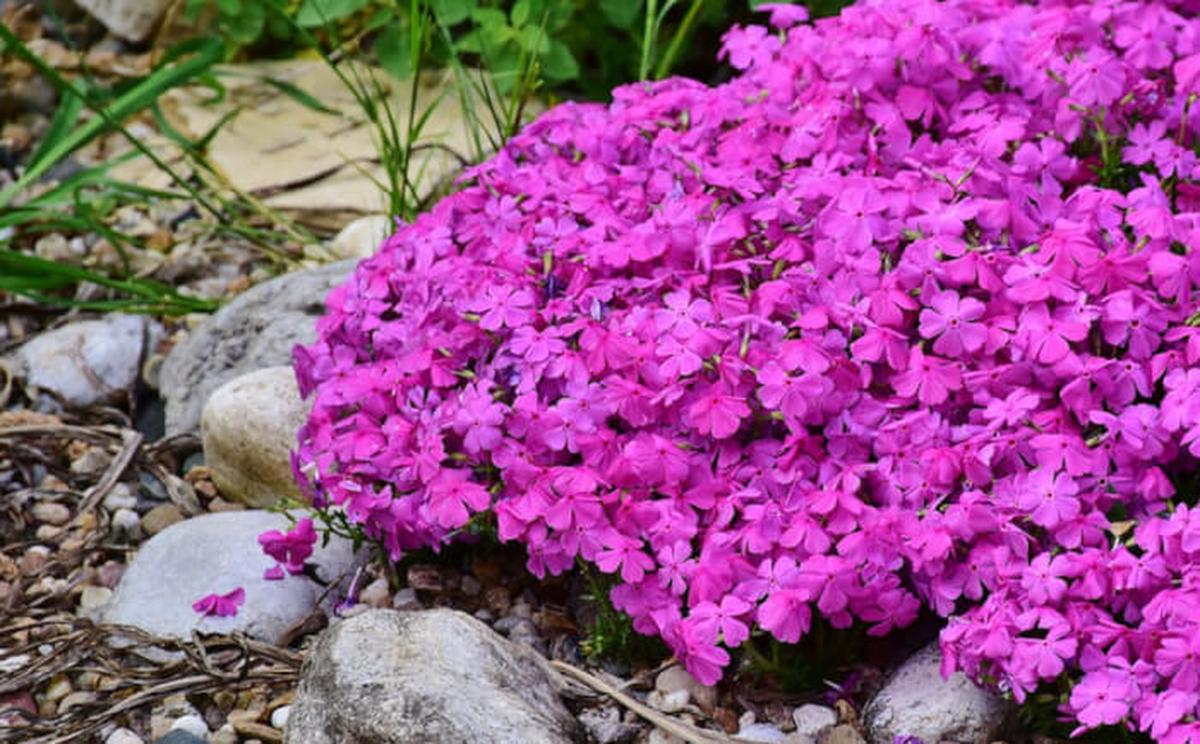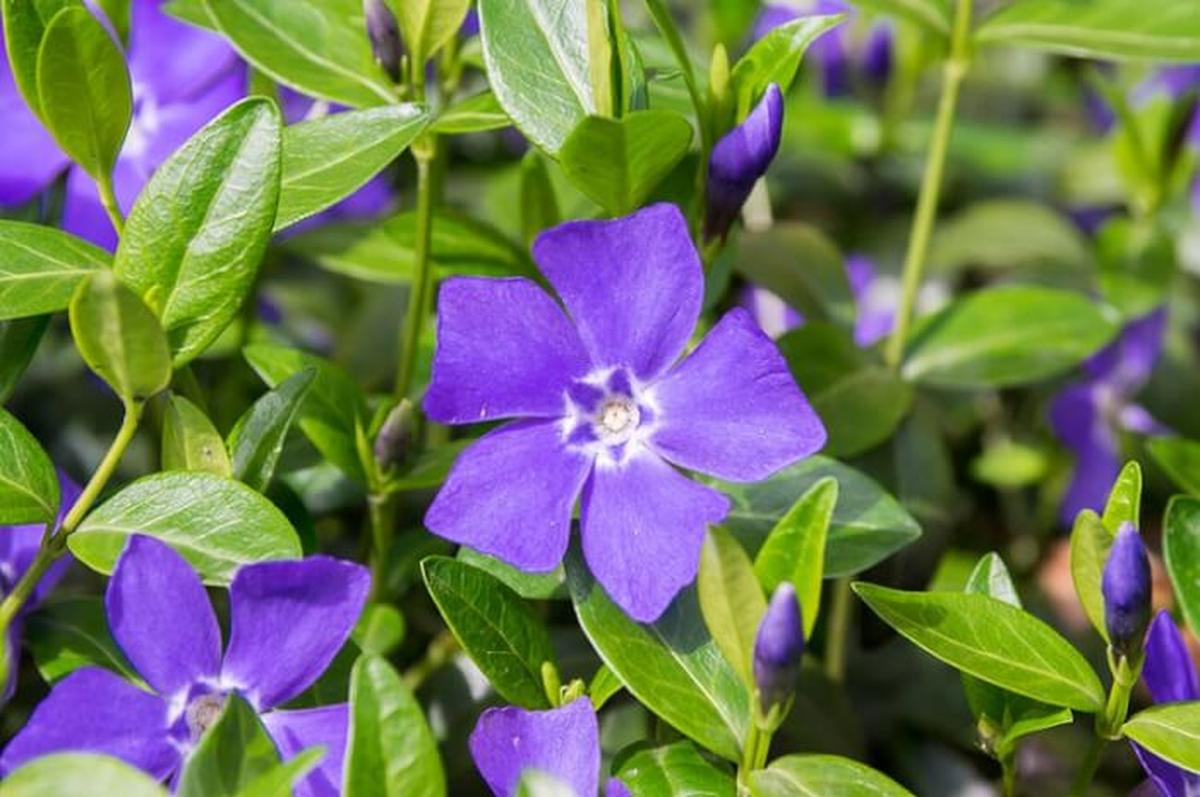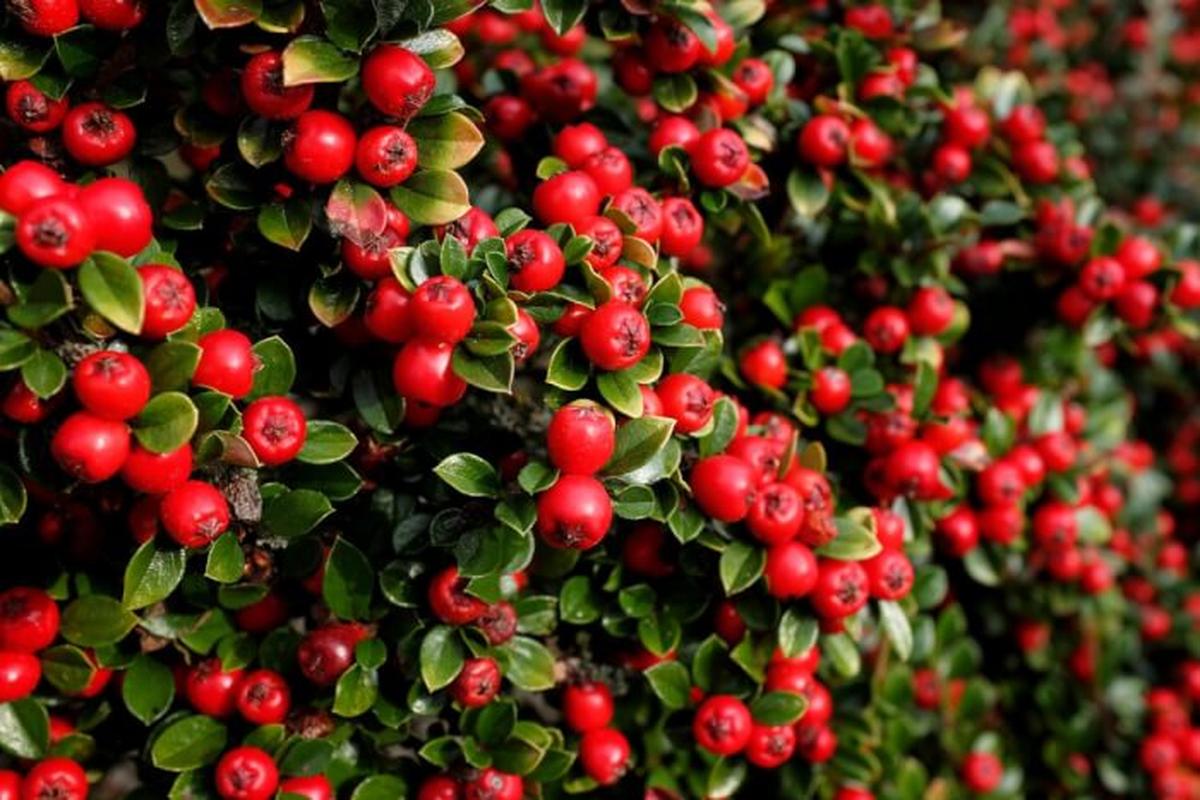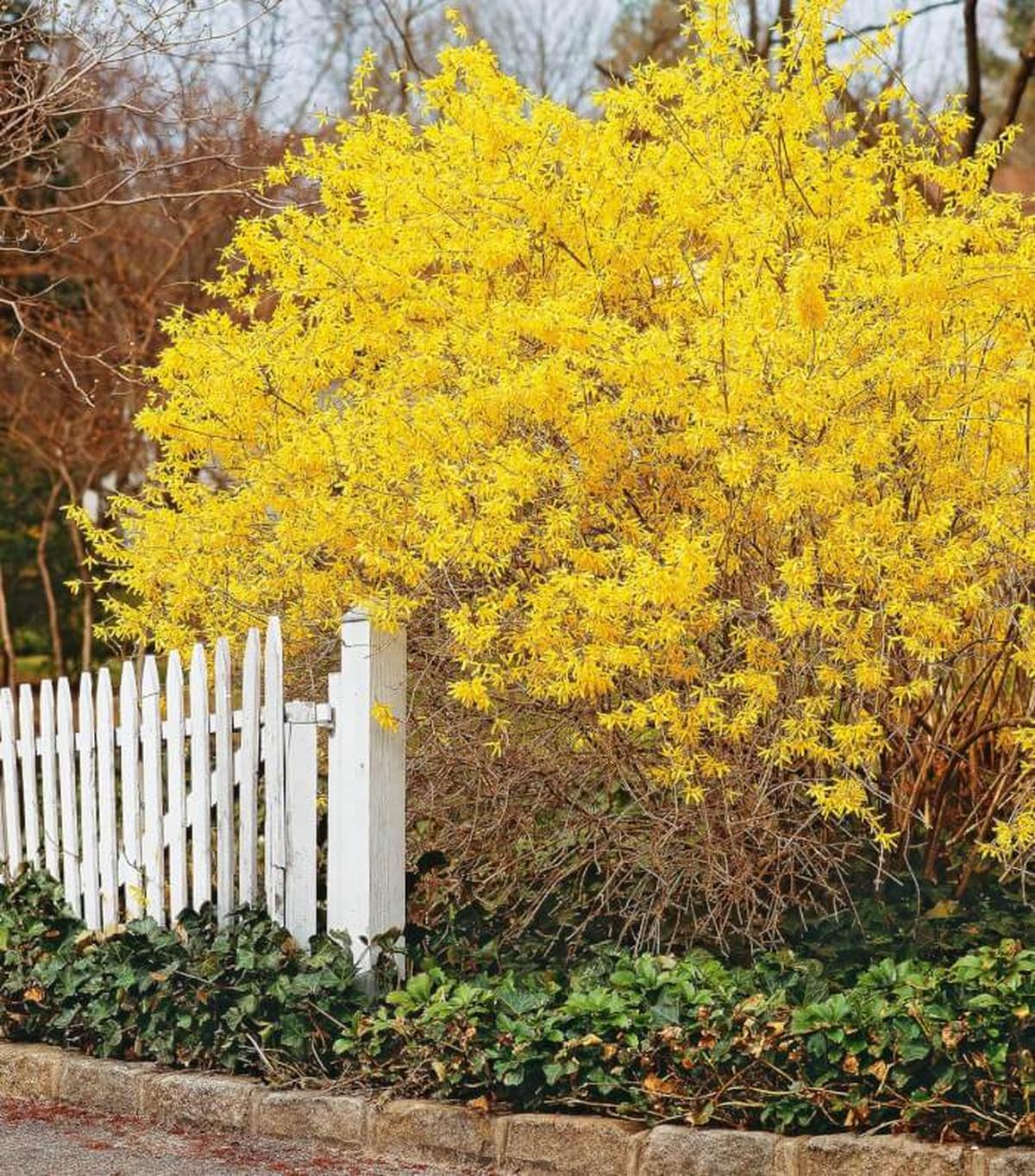10 Erosion Control Plants for Stabilizing Your Soil
Plants that help control erosion stabilize soil and prevent unwanted runoff, making them essential for sloped landscapes or areas prone to erosion. These plants develop deep roots, anchoring soil and protecting it from washing away.
Many varieties offer lush foliage and add greenery, enhancing the landscape’s visual appeal. Their resilience allows them to thrive in challenging conditions, supporting the environment naturally.
Choosing these plants reduces the need for synthetic solutions, promoting a sustainable approach to land management. Here are 10 of the best plants to combat erosion effectively.
Black Mondo Grass
Black mondo grass, thriving in warmer climates between zones six and nine, is a striking choice for any garden.
This plant typically grows to about one foot in height and features elegant basal leaves measuring up to twelve inches long.
During the summer months, you can expect it to bloom with delicate white flowers that might display subtle blue or lilac tones.
Once these blossoms fade away, dark purple berries emerge, glossy little gems resembling peas that add further interest to your landscape.
Shrubby St. Johns wort (Hypericum prolificum)
Shrubby St. Johns wort thrives in various environments, flourishing best in zones 3 to 8.
Standing at about 4 feet tall, it enjoys shaded areas where it can grow robustly. During early and mid-summer, this shrub bursts into clusters of bright yellow blooms that not only brighten the landscape but also draw birds seeking nectar.
Its vibrant flowers make a striking addition to any garden setting while providing essential habitat for wildlife.
Spotted Dead Nettle
Spotted dead nettle thrives in shaded areas, reaching heights of up to 8 inches while spreading as wide as 3 feet.
You can admire its beautiful reddish-purple flowers that bloom from late spring through early summer, adding a pop of color amidst lush greenery.
This plant's resilience makes it an excellent choice for those looking to enhance their garden’s aesthetic without requiring direct sunlight.
Ostrich fern
Ostrich fern thrives in planting zones ranging from three to seven, making it a versatile choice for many gardens. With impressive dimensions, this plant can reach heights of five feet and spread up to eight feet wide.
Its fronds resemble the graceful plumage of an ostrich, which is how it got its name. Humidity plays a crucial role in its development; thus, ensuring ample moisture will support healthy growth.
If you're looking to add lush greenery with unique foliage to your landscape, consider incorporating this remarkable fern into your garden design.
Japanese Spurge
Japanese spurge thrives in USDA zones five through nine, making it a versatile choice for various gardens. In spring, it bursts into bloom with delicate white flowers that add charm to any landscape.
The striking dark green foliage is beautifully accented with yellow mottling, enhancing its visual appeal. This plant not only offers aesthetic value but also adapts well to different environments.
Its resilience and beauty make Japanese spurge an excellent addition to your garden collection.
Rockspray Cotoneaster
Rockspray cotoneaster makes a striking addition to any garden with its vibrant red berries contrasting beautifully against lush green foliage. In the fall, you can enjoy a stunning transformation as leaves shift to shades of reddish-purple.
This plant thrives in full sunlight and flourishes in hardiness zones four through seven. Springtime brings delicate five-petaled blossoms that soon give way to scarlet-red fruit, captivating anyone who passes by.
If you're seeking an eye-catching shrub for your landscape, this one should definitely be on your list.
Creeping Phlox (Phlox subulata)
Creeping phlox, also known as phlox subulata, thrives in sunny spots and grows to about 6 inches in height. This plant showcases beautiful tubular flowers that come in shades of reddish-purple, pink, or white during the spring season.
With five petal-like lobes on each bloom, it adds a lovely touch to gardens. It flourishes best in dry conditions and well-drained sandy or rocky soil.
If you're looking for a resilient addition to your landscape that brightens up any space with its vibrant blooms, this is an excellent choice for you.
Creeping Myrtle
Creeping myrtle is an excellent choice for gardeners looking to enhance their outdoor spaces. Thriving in zones 4 through 8, this low-growing plant reaches a height of about six inches.
To flourish, it needs a minimum of six hours of sunlight each day. During late spring and early summer, expect beautiful lavender-blue blooms resembling phlox that can reach one inch in diameter on its trailing stems.
This hardy ground cover adds charm and color to any garden setting while requiring minimal maintenance.
Cotoneaster
Cotoneaster thrives beautifully in various climates, particularly between zones 4 and 7.
Its height can range significantly, from one to thirty feet tall.
In springtime, you can enjoy the sight of its delicate five-petal flowers blooming.
Once these blossoms fade away, vibrant red berries emerge during summer months, making it a favorite among birds looking for food sources.
Forsythia
Forsythia thrives in USDA zones five through eight, reaching heights between three and eleven feet. Known for its striking yellow flowers that bloom in spring, it adds a burst of color to any landscape.
Once the blossoms wither, they give way to seed capsules filled with winged seeds, ensuring future growth. This plant is not only visually appealing but also resilient and adaptable to various garden settings.
Its vibrant display heralds the arrival of warmer weather while offering ecological benefits by attracting pollinators during blooming season.

